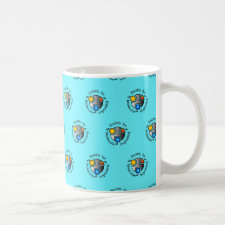
Authors: Zhou DZ, Guo TY, Yang Y, Zhang ZP
Article Title: Surface imprinted macroporous film for high performance protein recognition in combination with quartz crystal microbalance.
Publication date: 2011
Journal: Sensors and Actuators B: Chemical
Volume: 153
Issue: (1)
Page numbers: 96-102.
DOI: 10.1016/j.snb.2010.10.012
Alternative URL: http://www.sciencedirect.com/science/article/B6THH-517S7RF-5/2/64c8f62985fa4b1318e266d43cc4b0be
Abstract: Macroporous protein imprinted films (porous-MIP) have been fabricated on the surface of quartz crystal microbalance (QCM) using methyl methacrylate (MMA) as main monomer and trimethylolpropane trimethacrylate (TRIM) as a cross-linker. Macropores were generated by employing calcium carbonate nanoparticles as porogen. The imprinted special surface area and the quantity of the imprinted sites were increased by the formation of macropores on the films. Since the macropores were interconnected in structure, the mass transport and accessibility of protein to the active sites through the material were not affected. In comparison with the nonporous imprinted (nonporous-MIP) films, the porous-MIP films exhibited better affinity and selectivity to template, the binding capacity and mass sensitivity of the biosensor were enhanced. The rigid skeleton structure made the films durable in the recycled tests. The strategy proposed here is generally applicable for constructing high performance biosensor devices
Template and target information: protein, lysozyme
Author keywords: QCM, surface imprinting, macroporous structure, protein recognition, biosensor



Join the Society for Molecular Imprinting

New items RSS feed
Sign-up for e-mail updates:
Choose between receiving an occasional newsletter or more frequent e-mail alerts.
Click here to go to the sign-up page.
Is your name elemental or peptidic? Enter your name and find out by clicking either of the buttons below!
Other products you may like:
 MIPdatabase
MIPdatabase









